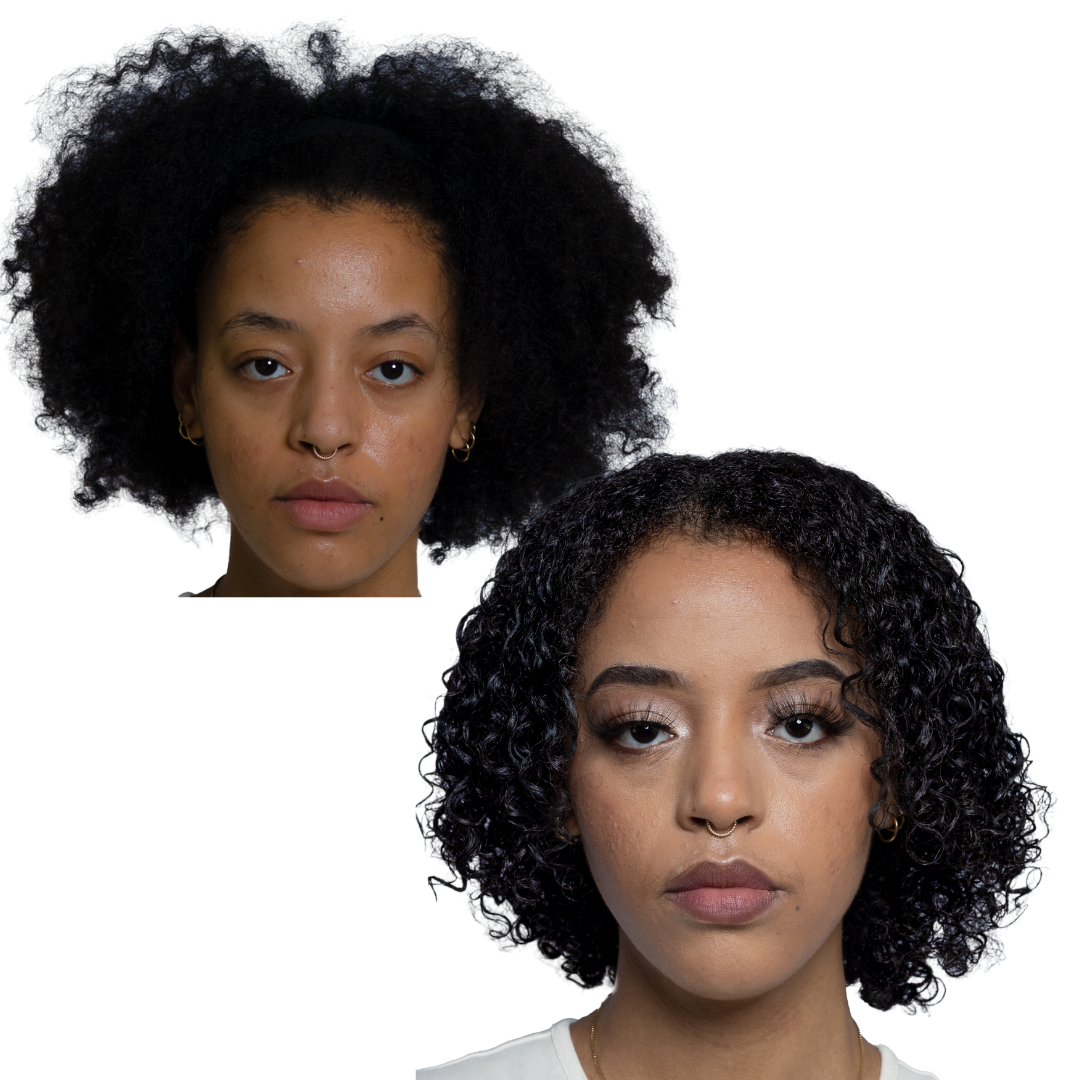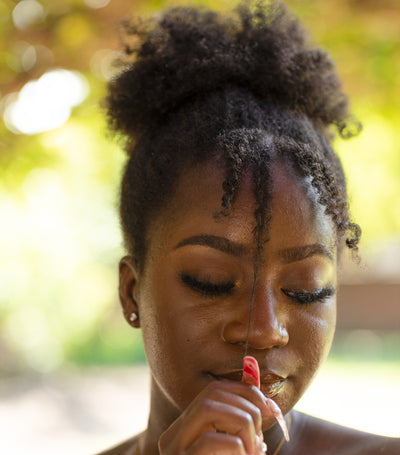
Hair Porosity: Hair Test, Porosity Types and Tips
Have you ever wondered why your hair responds weirdly to some hydrating products? Sometimes you feel like products sit on the surface and do not penetrate your hair shaft? Other times you feel like your hair always drinks products without ever being hydrated? Well, hair porosity defines how well water will penetrate your hair and how quickly it will evaporate.
Hair porosity test
- Take a strand of clean hair and put it into a glass of water (room temperature).
- If your hair remains at the surface of the glass, you have low porosity hair.
- If it goes in the middle, you have medium porosity.
- If it goes in the bottom, you have high porosity.
Low porosity characteristics
- Your cuticles are often 'close'; as a result, products have a hard time penetrating.
- Strong and, most of the time, shiny hair.
- It takes time to get wet.
- It takes time to dry once it has been wet.
Shop our low porosity hair bundle
Must have for low porosity hair
- If you prepare a DIY masque, add a little bit of baking soda to increase the pH of the solution and lift your cuticles.
- Always apply a leave-in or oil on wet hair.
- Use heat to enhance the penetration of your hydrating products.
- You can seal the moisture with any oil you want, as long as you apply them to wet hair.
High porosity characteristics
- Your cuticles are always 'open'; thus, water evaporates very quickly, Sometimes dull, very soft, and fragile.
- It gets wet very quickly.
- It dries out very quickly.
Shop our high porosity hair bundle
Must have for high porosity hair
- If you prepare a DIY masque, add a little bit of vinegar to decrease the solution's pH and tighten your cuticles.
- Apply products that will coat your hair, such as proteins or Indian powder.
- Avoid heat.
- Use coconut oil to prevent water loss.





















1 comment
I have coarse , extremely dry hair from using texturized for years on my Afro. What porosity products should I use so I don’t have to cut my Afro and start from new growth?
Cynthia White
Leave a comment
This site is protected by hCaptcha and the hCaptcha Privacy Policy and Terms of Service apply.